Ancient news stories
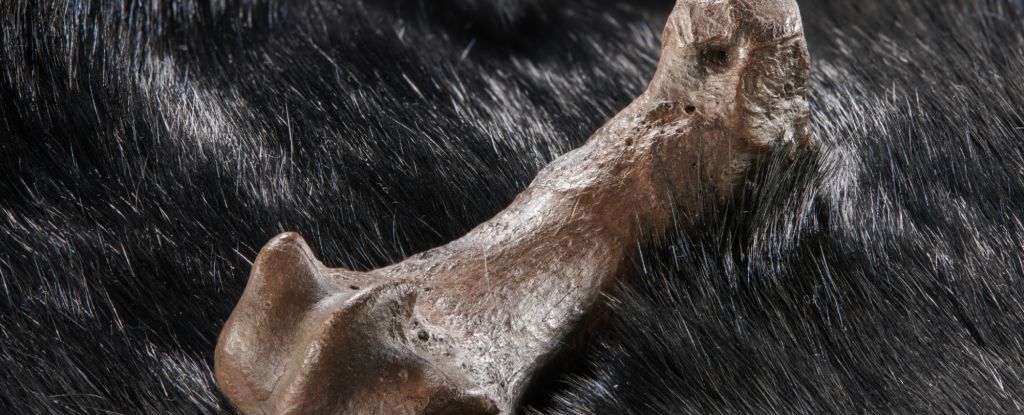
Ancient bones retrieved from an archaeological site in Germany suggest that archaic humans were peeling bears for their skins at least 320,000 years ago.

To the uninformed, his land looks wild. But much of it is farmed: one part has timber trees for making furniture, in another cacao trees for chocolate, near the top a garden for herbs, and everywhere throughout the forest a variety of fruit, vegetables and flowers.
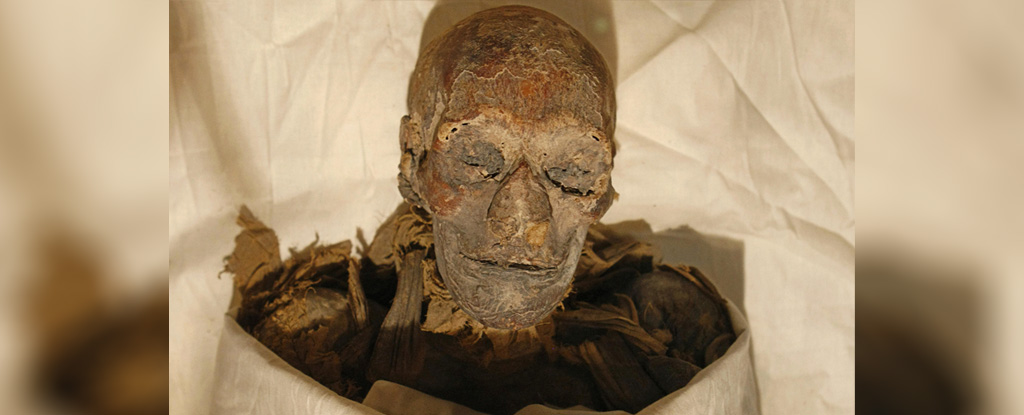
Mummification may never have been intended to preserve the bodies of ancient Egyptians after death, experts say, a sharp contrast to the popular understanding of the practice.
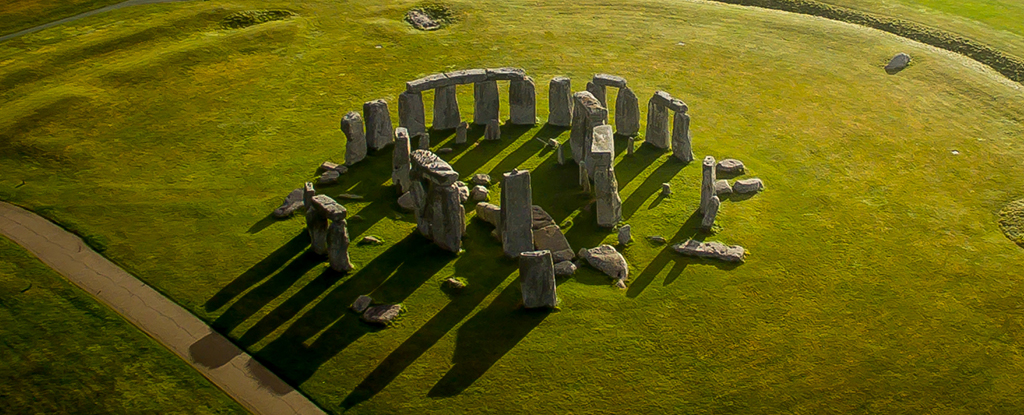
In re-examining artifacts from a significant 4,000-year-old Bronze Age burial site near Stonehenge in the UK, archaeologists discovered a toolkit for working with gold objects and coatings that hadn’t previously been identified.
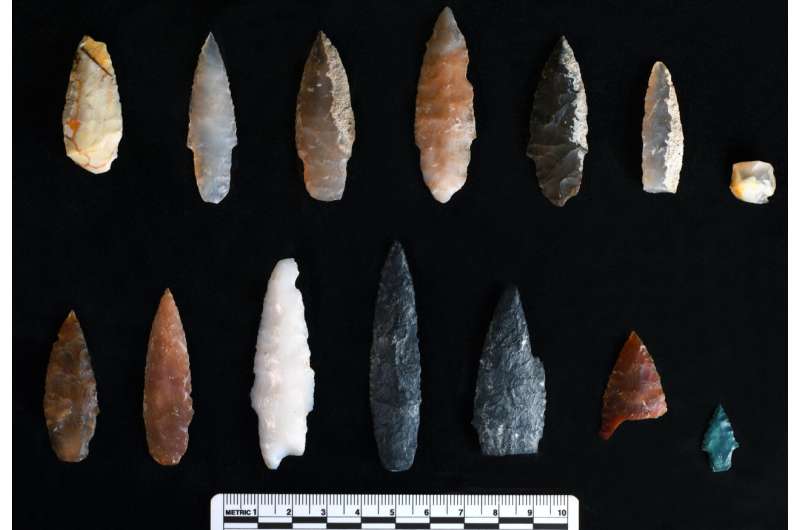
Oregon State University archaeologists have uncovered projectile points in Idaho that are thousands of years older than any previously found in the Americas, helping to fill in the history of how early humans crafted and used stone weapons.
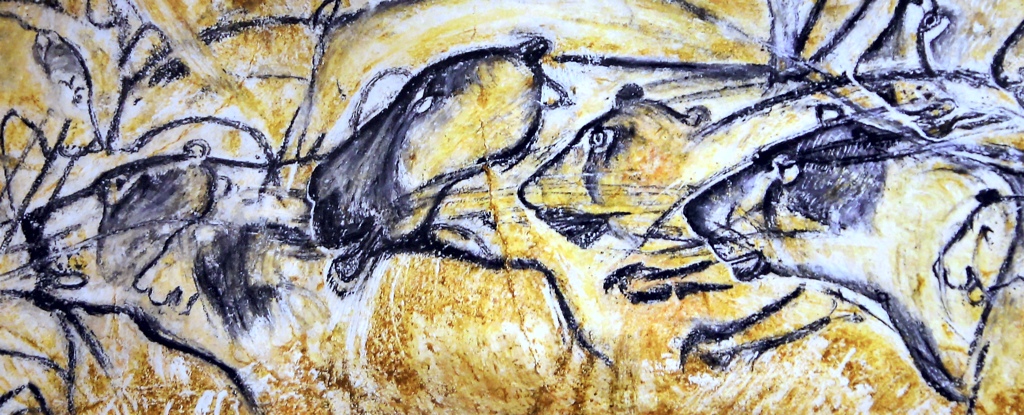
From France to Indonesia and Australia, ancient life is painted across the walls of darkened caves, seemingly motionless silhouettes in earthen colors that echo an earlier time.

A new survey revealed nearly 1,000 Maya settlements, with pyramids and ballcourts, that date back more than 2,000 years.

A team of researchers at the University of Patras’s, OCEANUS- Lab has found evidence suggesting that early human ancestors (extinct hominids) may have sailed across the Aegean Sea.

A smattering of stars scattered throughout the center of the Milky Way is the remnants of the ancient galactic core, when our galaxy was still new.
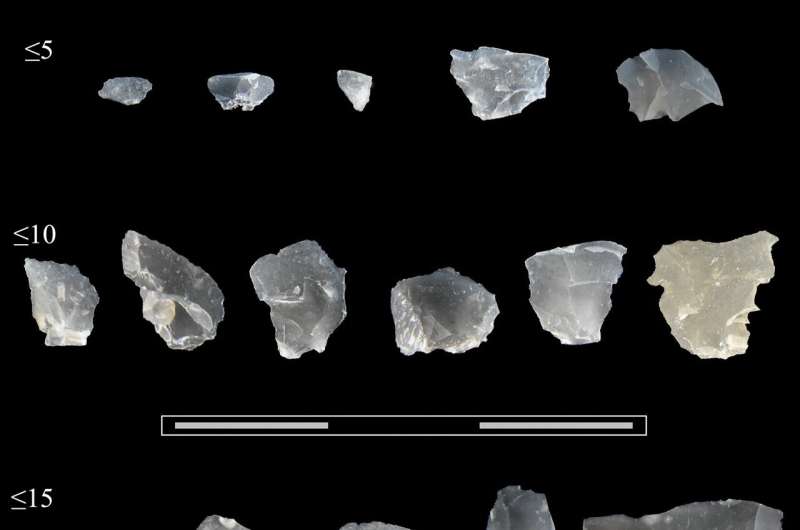
When prehistoric people re-sharpened cutting tools 300,000 years ago, they dropped tiny chips of flint—which today yield evidence of how wood was processed by early humans.

Archaeologists have identified a 4000-year-old goldworking toolkit amongst the grave goods from an important Bronze Age burial near Stonehenge.
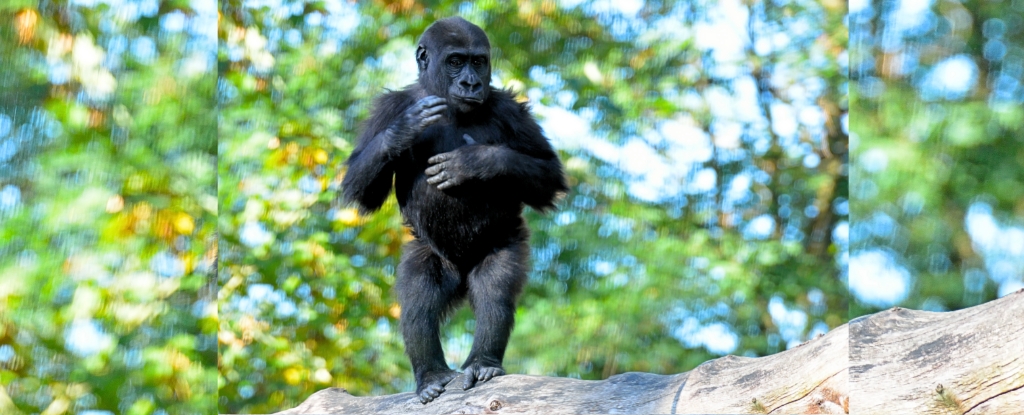
A new study exploring the behavior of wild chimpanzees suggests the evolution of bipedalism may in fact have been a strategy that first emerged while still moving about the branches of trees.
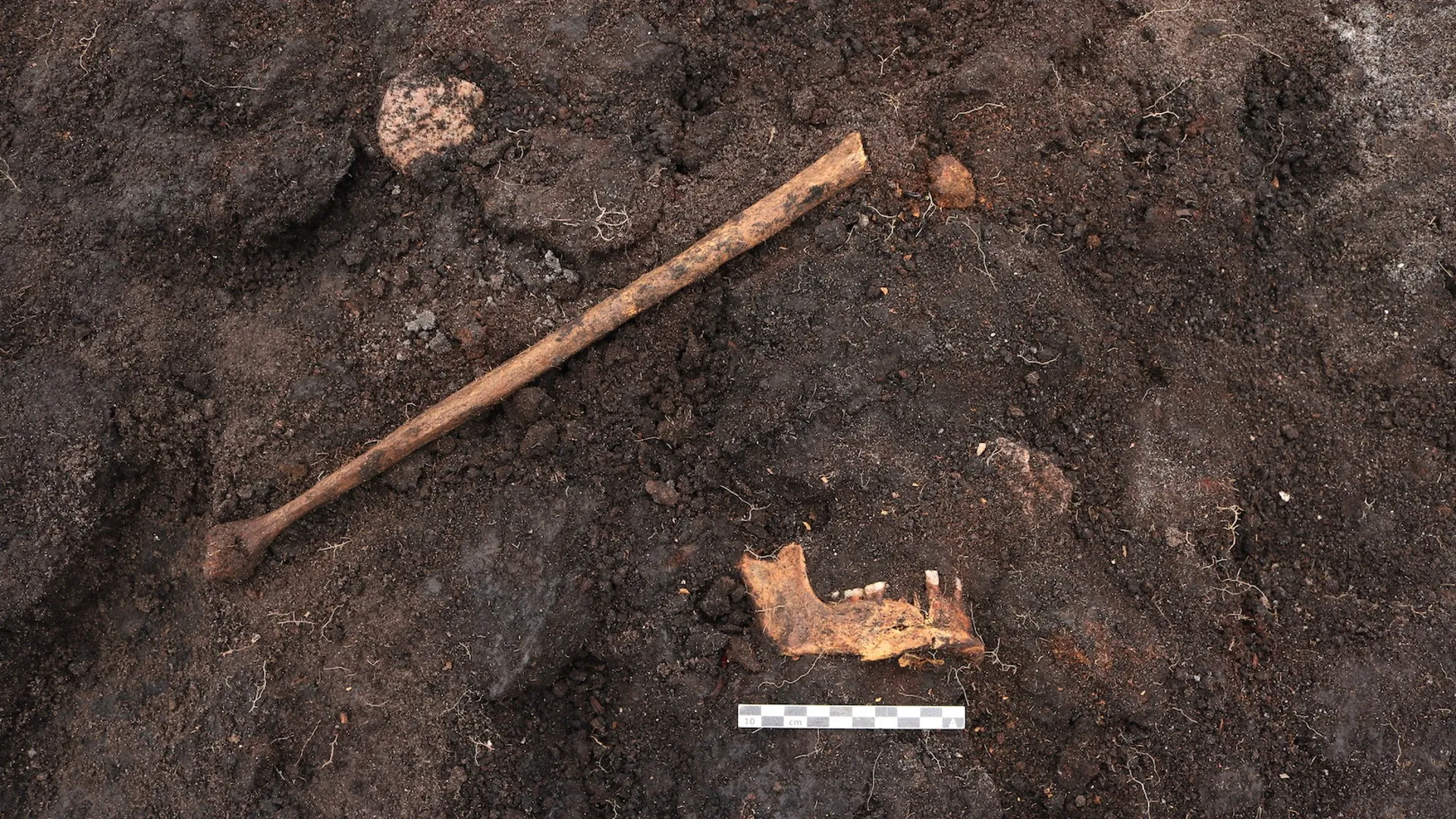
Archaeologists have discovered the ancient skeletal remains of a so-called bog body in Denmark near the remnants of a flint ax and animal bones, clues that suggest this person was ritually sacrificed more than 5,000 years ago.
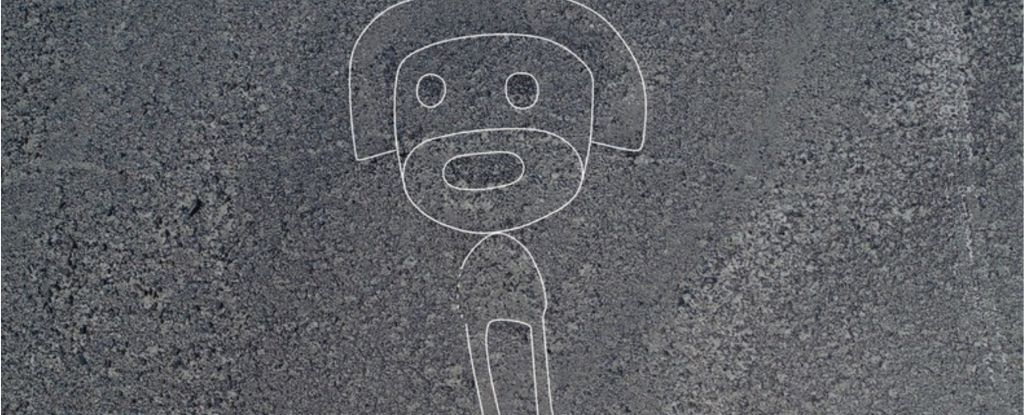
The Nazca desert in Peru is like an art gallery for the gods above. Yet even with decades of surveyance from the skies, we’ve barely explored a small wing of this fading collection of giants among the stones.
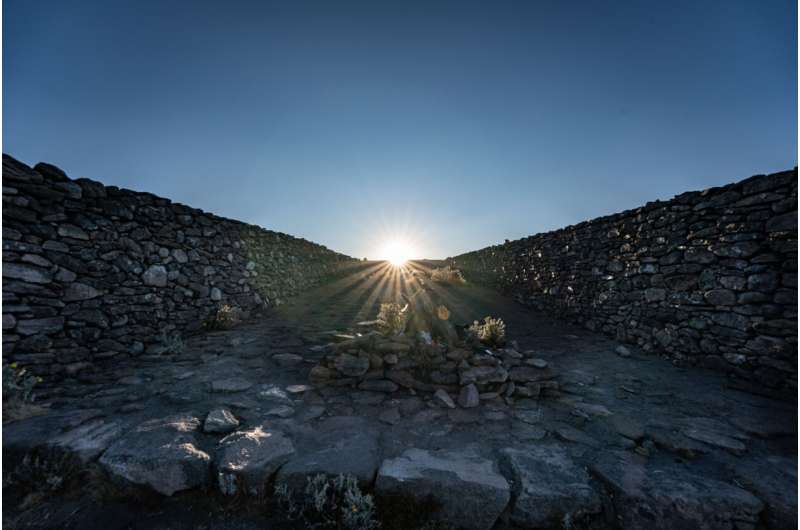
Without clocks or modern tools, ancient Mexicans watched the sun to maintain a farming calendar that precisely tracked seasons and even adjusted for leap years.
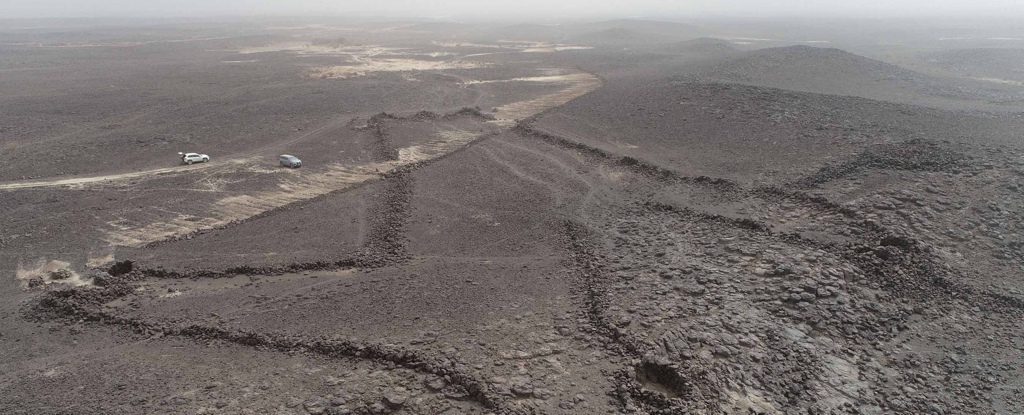
The deserts of Saudi Arabia were once the lush and fertile homes of ancient people more than 8,000 years ago.








